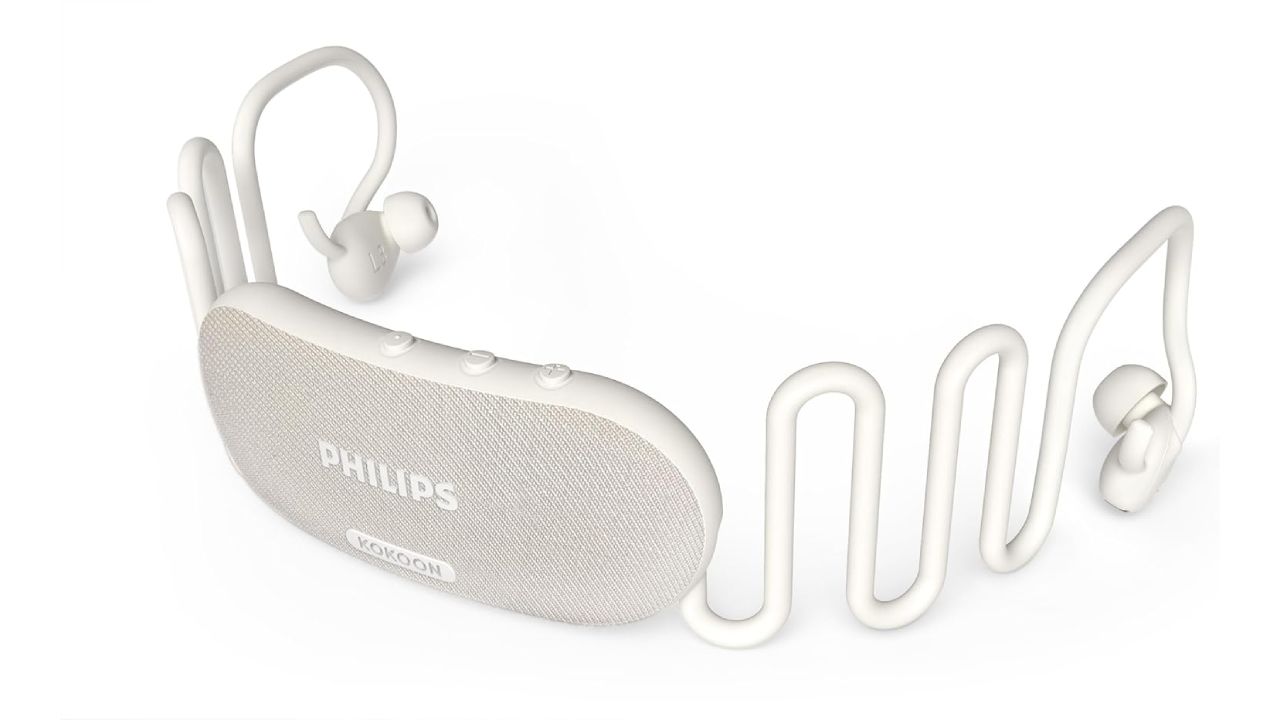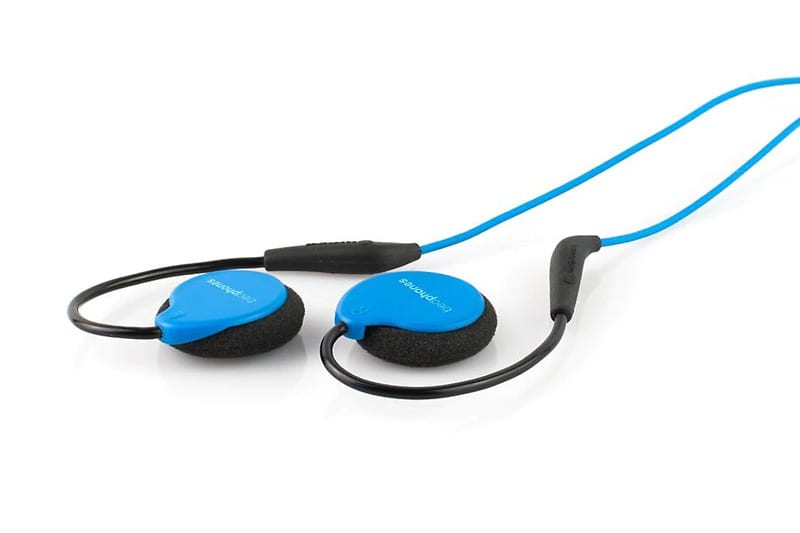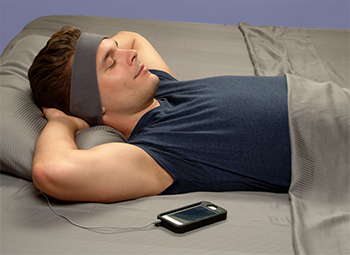Sleep Aid Headset Compatibility: What Devices Really Work?
Struggling to find a sleep headset that actually works with your devices? You’re not alone. With dozens of brands flooding the market—from the minimalist SleepPhones to tech-heavy EEG wearables like Muse S—compatibility can make or break your experience. At NeuroTechInsider.com, we’ve tested sleep tech across smartphones, tablets, TVs, and laptops to bring you this no-fluff breakdown of what connects, what doesn’t, and what you should check before you buy.

Why Compatibility Matters in Sleep Headsets
Think you can just grab any headset off Amazon and drift off to dreamland? Think again. The wrong match between your device and headset can lead to:
- Unresponsive Bluetooth connections
- Missing app features (like sleep tracking)
- Static noise or complete silence
- Frustrating returns and wasted money
Whether you’re trying to stream a sleep soundscape, listen to delta wave binaurals, or follow a guided meditation app like Calm or Insight Timer, your headset has to speak the same tech language as your device. That’s where this guide comes in.
Types of Sleep Headsets
There are two main categories of sleep headsets you’ll run into:
1. Bluetooth Sleep Headsets
Bluetooth headsets are by far the most flexible option. They’re compatible with almost any device that supports wireless audio:
- iPhones and Android smartphones
- iPads, Android tablets, and eBook readers
- Macs, PCs, and some Smart TVs
Some even support dual Bluetooth pairing—meaning you can connect to both your phone and a tablet simultaneously. But heads up: Bluetooth can drain your battery fast and may require occasional re-pairing.

2. Wired Sleep Headsets
Old-school? Maybe. But wired headsets still have their place, especially if you’re using:
- MP3 players or radios
- CD players (yes, some people still use them!)
- Devices without Bluetooth support
They typically use a 3.5mm jack, but be warned: newer iPhones and Android phones don’t have headphone ports. You’ll need an adapter (Lightning to AUX or USB-C to AUX) to make it work.

Device Compatibility Breakdown
Smartphones (iOS & Android)
Most Bluetooth sleep headsets work out of the box with iOS and Android devices. But for full app integration (like Muse or Kokoon), make sure the headset brand has an official app in the App Store or Google Play.
Pro Tip: If your phone doesn’t have a headphone jack, invest in a certified adapter. Cheap knock-offs often fail to transmit proper audio.
Tablets & eBook Readers
iPads and Android tablets handle Bluetooth audio just fine. However, eBook readers like Kindle may only support basic Bluetooth audio—meaning some features (like audio sync in apps) could be limited.
PCs, Laptops & Smart TVs
Here’s where things get interesting:
- Most Windows and macOS laptops support both Bluetooth and wired connections.
- Smart TVs vary wildly—check if your model supports Bluetooth audio. Some only allow Bluetooth for keyboards or remotes.
If you’re unsure, try pairing a Bluetooth speaker first to see if your TV supports audio output via Bluetooth.
Brand-Specific Compatibility Guide
Let’s break down the top sleep headset brands and their device compatibility. For more on how these brands stack up in comfort and audio fidelity, check out our wearable tech reviews.
SleepPhones®
Available in both wired and Bluetooth models. Compatible with:
- Smartphones (with adapter for wired)
- Tablets
- Laptops
- TVs, MP3 players, CD players

They don’t require a proprietary app—just connect and play your favorite content. For more advanced sleep metrics, pair them with an external app like Sleep Cycle.
SnoozeBand™
Fully wireless and designed for minimal setup. Compatible with any Bluetooth-enabled device. It does not support wired connections, so make sure your device has working Bluetooth support.
Great for users who want simplicity without fussing with apps or cables.
Muse S Headband
If you’re serious about tracking sleep data, the Muse S is a smart option. It’s not just a headset—it’s a meditation coach and brainwave monitor all in one. But it requires:
- Bluetooth connection to your phone or tablet
- The official Muse app for full functionality
Basic audio (like playing sleep tracks on Spotify or Calm) works fine via Bluetooth. But to unlock EEG-based insights and real-time biofeedback, you’ll need to run it through their app—available on both iOS and Android.
Philips Sleep Headphones & LC-Dolida
Both Philips and LC-Dolida offer lightweight, Bluetooth-only models with universal compatibility. They’re ideal for casual listeners who want a simple pair-and-play experience with:
- Phones and tablets
- Smart TVs (with Bluetooth audio)
- Streaming services like Spotify, YouTube, or Audible
No proprietary apps are required, but that also means you won’t get advanced features like sleep tracking or audio adjustment based on brain state.
Special Features to Consider
App Integration
Some headsets go beyond just playing audio—they become part of a whole sleep ecosystem. Here’s what to watch for:
- EEG monitoring (Muse S, Dreem 2)
- Custom audio generation based on sleep stage
- Smart alarms that wake you up at the lightest phase of sleep
These features often require syncing with brand-specific apps. Be sure to verify that the app supports your device’s OS and version before purchasing.
Noise Masking vs. Noise Cancellation
Let’s bust a myth—most sleep headphones are not true noise-canceling. They’re designed to mask ambient sound with white noise, ASMR, or soothing audio. Only high-end models like Bose Sleepbuds or Soundcore Sleep A10 offer active noise cancellation (ANC), and even then, it’s often limited in effect.
Bottom line: If you’re dealing with chronic noise (e.g. snoring, traffic), focus on headsets with physical insulation and strong passive noise isolation first.
Common Issues with Compatibility
Even “universal” headsets can run into hiccups. Some of the most common compatibility problems include:
- Adapter drama: Cheap Lightning-to-AUX or USB-C dongles often fail to transmit audio properly.
- Bluetooth dropouts: Especially with older Android firmware or low-quality headsets.
- App sync issues: Some apps crash on newer OS versions, or fail to detect the headset.
- Smart TV limits: Many TVs support Bluetooth input (keyboard, mouse) but not audio output.
Before buying, double-check the manufacturer’s official compatibility list. Still not sure? Shoot us a message—we’ll test it for you.
Tips Before You Buy
- Know your device: Check if your phone, tablet, or TV supports Bluetooth audio output.
- Wired or Wireless? Decide if you need a headphone jack, or if Bluetooth fits your routine better.
- Need tracking? Go with an app-enabled headset like Muse or Philips x Kokoon.
- Want brain benefits? Consider light-sound AVE systems like NeuroVIZR for 40Hz cognitive stimulation.
And always, always check reviews on trusted platforms like SleepFoundation.org or our deep dives on NeuroTechInsider.com.
FAQs: Sleep Headset Compatibility
Can I use my Bluetooth sleep headset with a Smart TV?
Yes—if your TV supports Bluetooth audio output. Check your TV’s settings under “Sound > Output.” If unavailable, use a Bluetooth transmitter connected to the audio jack.
What if my phone doesn’t have a headphone jack?
You’ll need a certified adapter. For iPhones, use Apple’s Lightning to 3.5mm dongle. For Android, a USB-C to AUX adapter will do the trick.
Will a wired headset work with a Kindle?
No. Kindles typically don’t have headphone jacks. You’ll need a Bluetooth-enabled model like the Kindle Oasis with Audible support.
Is there a headset that works on all devices?
Not perfectly. But models like SleepPhones Wireless and SnoozeBand offer broad compatibility across phones, tablets, and laptops with minimal setup.
Conclusion: Choosing the Right Sleep Headset
At the end of the night, compatibility isn’t just a spec—it’s a sleep guarantee. The best sleep headset for you isn’t just about sound quality or softness—it’s about how effortlessly it works with your tech. Whether you’re streaming binaural beats from your iPhone or tuning into meditation from your Smart TV, device compatibility is non-negotiable.
For a full breakdown of performance, comfort, audio clarity, and sleep-enhancing features across today’s top wearables, explore our headset reviews library. Because at NeuroTechInsider.com, we don’t sell hype—we analyze sleep tech the way it should be: with science, data, and real-world insight.
Ready to upgrade your sleep game? Check out our latest Sleep Headphone Buyer’s Guide for 2025.
https://www.sleepfoundation.org/wp-content/uploads/2020/11/DubsLabs-Bedphones-Sleep-Headphones-1.jpg
